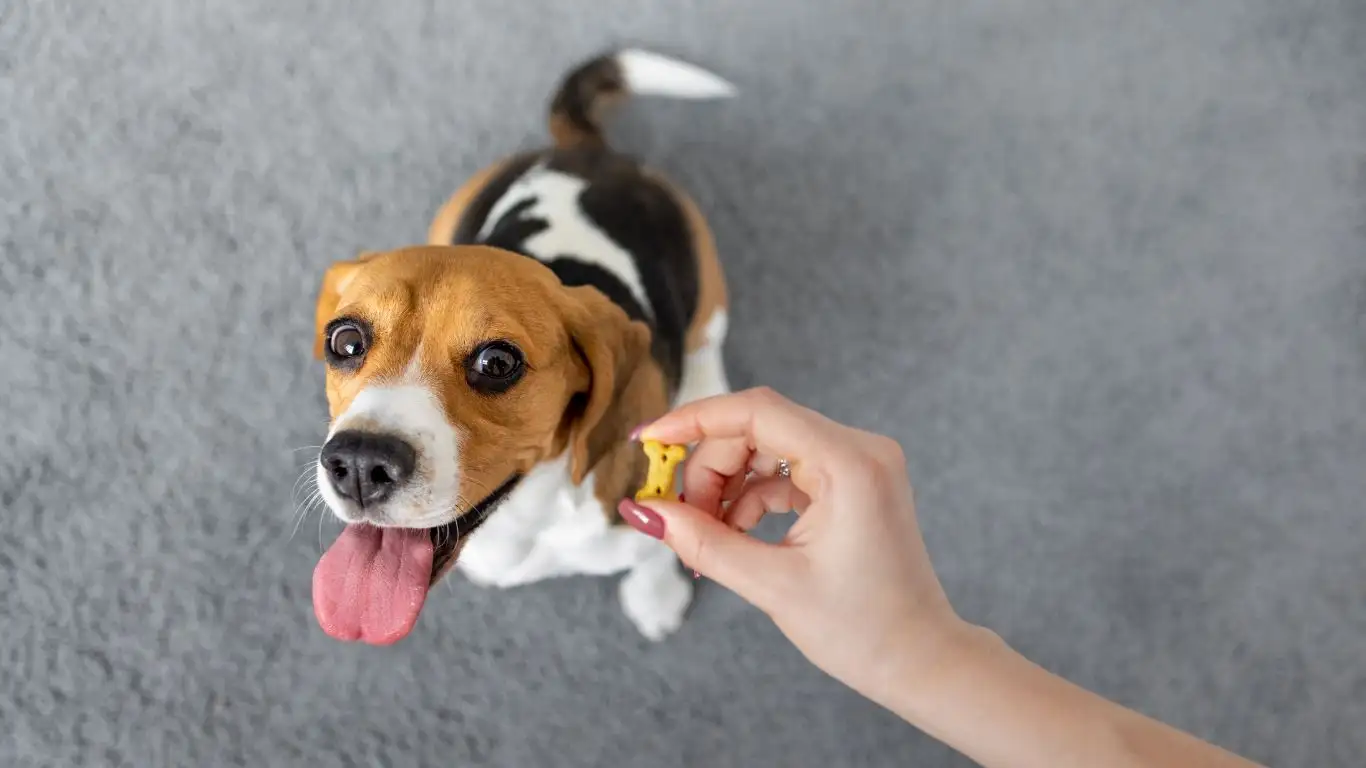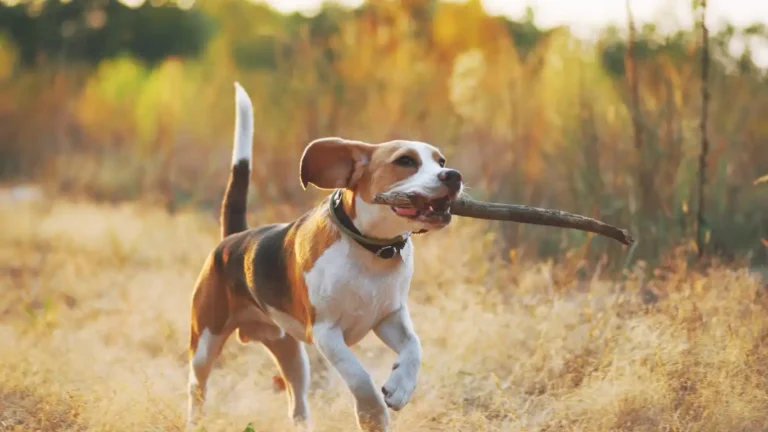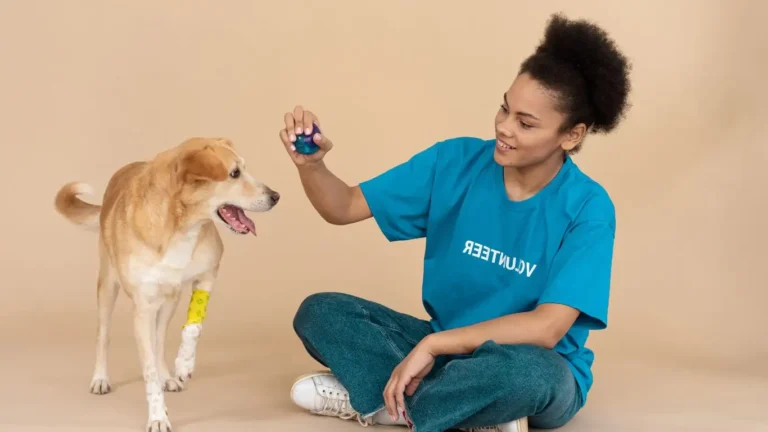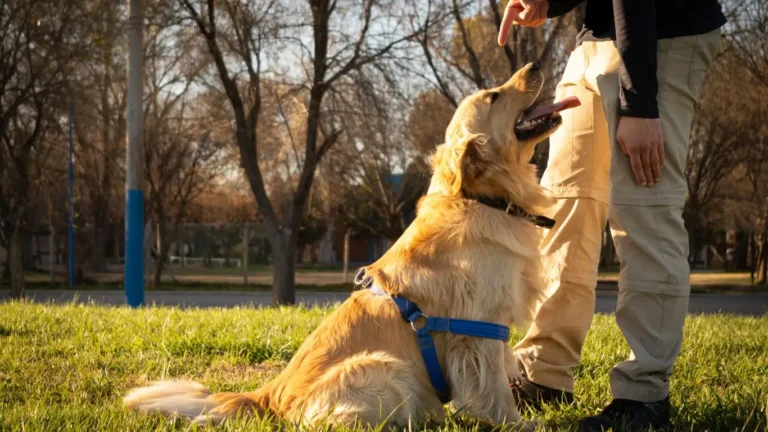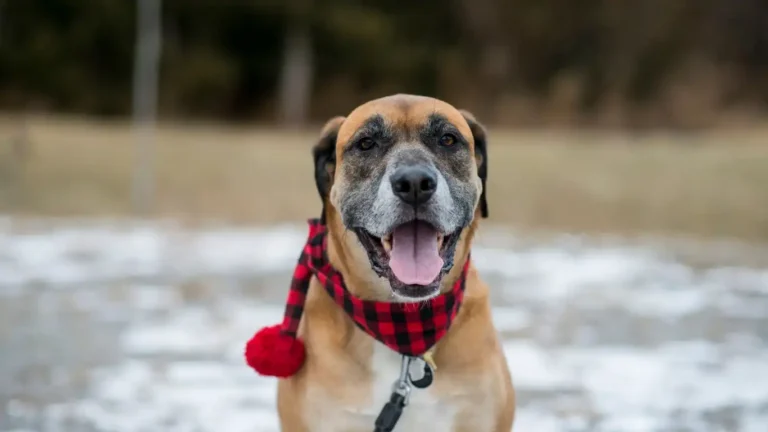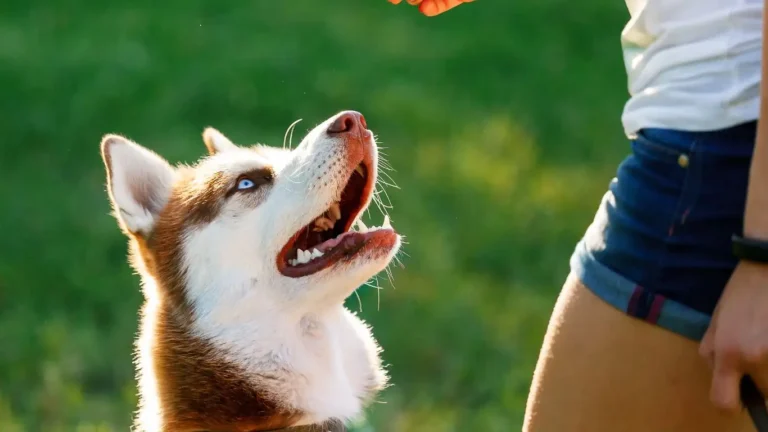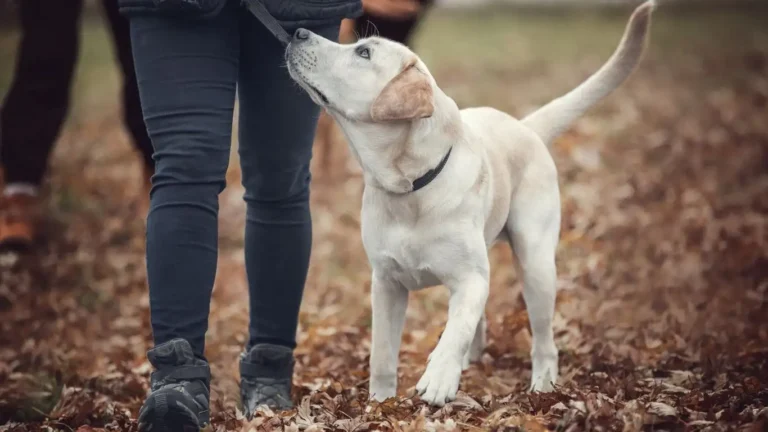Proven Tips to Train Your Dog to Be Gentle with Kids
Teaching your dog to be gentle with children is one of the most rewarding things you can do—not just for your pup but for your whole family. As a Certified Professional Dog Trainer (CPDT-KA), I’ve worked with countless families to ensure their furry companions are calm, patient, and safe around kids. Whether you’re bringing a baby into a dog-friendly home or introducing a new pup to your little ones, training is essential. The good news? With the right approach, you can create a loving, respectful bond between your dog and children that lasts a lifetime.
Why Dogs and Kids Need Training to Coexist Safely
Some dogs naturally adore kids, while others are unsure or even nervous. This uncertainty often comes from a lack of exposure, past negative experiences, or simply a misunderstanding of what children are all about. Let’s be real—kids can be unpredictable! They run, squeal, grab, and sometimes don’t respect personal space. To a dog, this can be overwhelming.
That’s why it’s so important to take a proactive approach to training. A well-trained dog not only knows how to behave around children but also feels safe and confident in their presence. And equally important? Teaching kids how to interact with dogs respectfully. Training goes both ways!
Understanding Canine Body Language Around Children
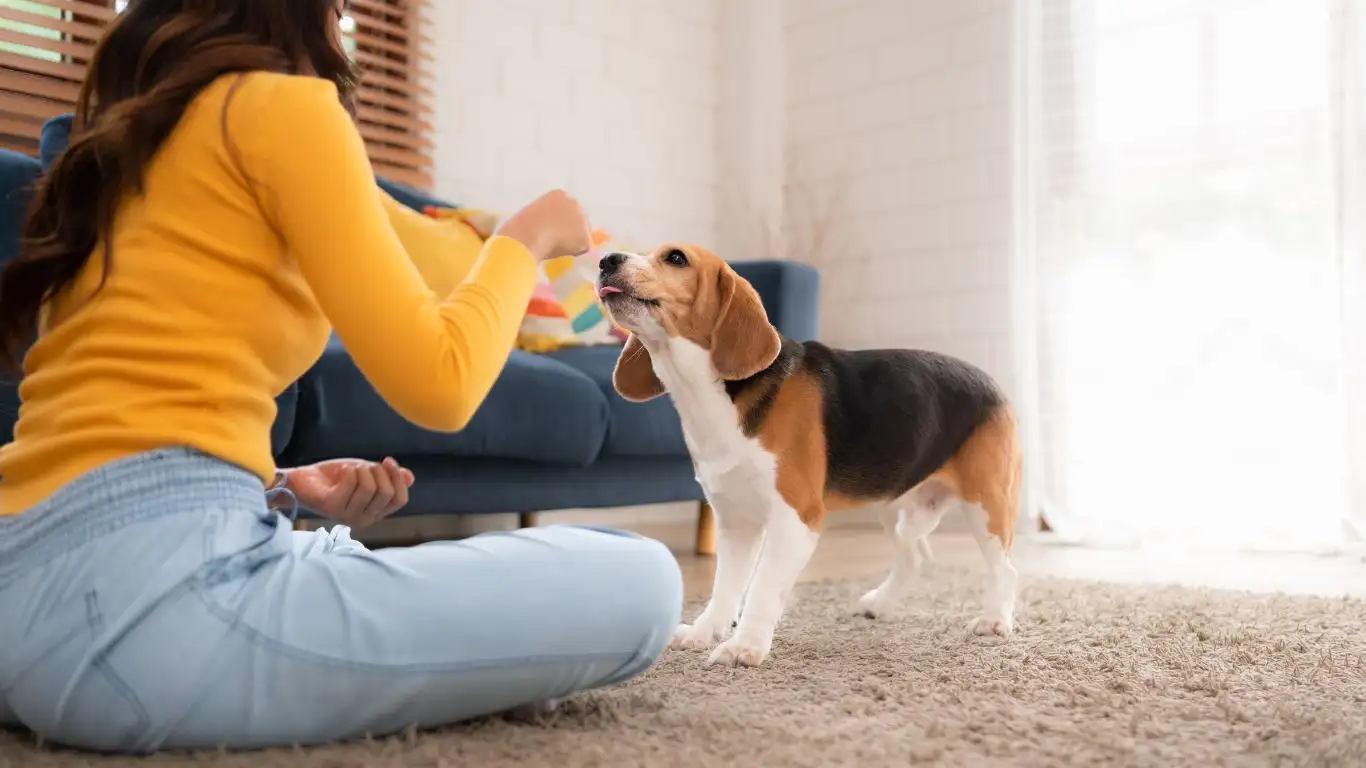
Before we jump into training techniques, let’s talk about an often-overlooked aspect—reading your dog’s body language. Understanding what your dog is trying to communicate can prevent potential mishaps and help build trust.
Signs of a Relaxed, Happy Dog
- Loose, wagging tail (not stiff or tucked)
- Soft, blinking eyes
- Relaxed ears (not pinned back or stiff forward)
- Playful bowing posture
- Gentle, slow movements
Warning Signs Your Dog Is Uncomfortable
- Yawning or lip licking (when not sleepy or eating)
- Turning their head away or avoiding eye contact
- Tense body or stiff posture
- Growling, showing teeth, or a low tail
- Sudden movement away from a child
When you notice these signs, it’s crucial to intervene. Never punish a growl—it’s your dog’s way of saying, “I’m not comfortable.” Instead, remove them from the situation and reassess how interactions are happening.
Introducing a Dog to a Child the Right Way
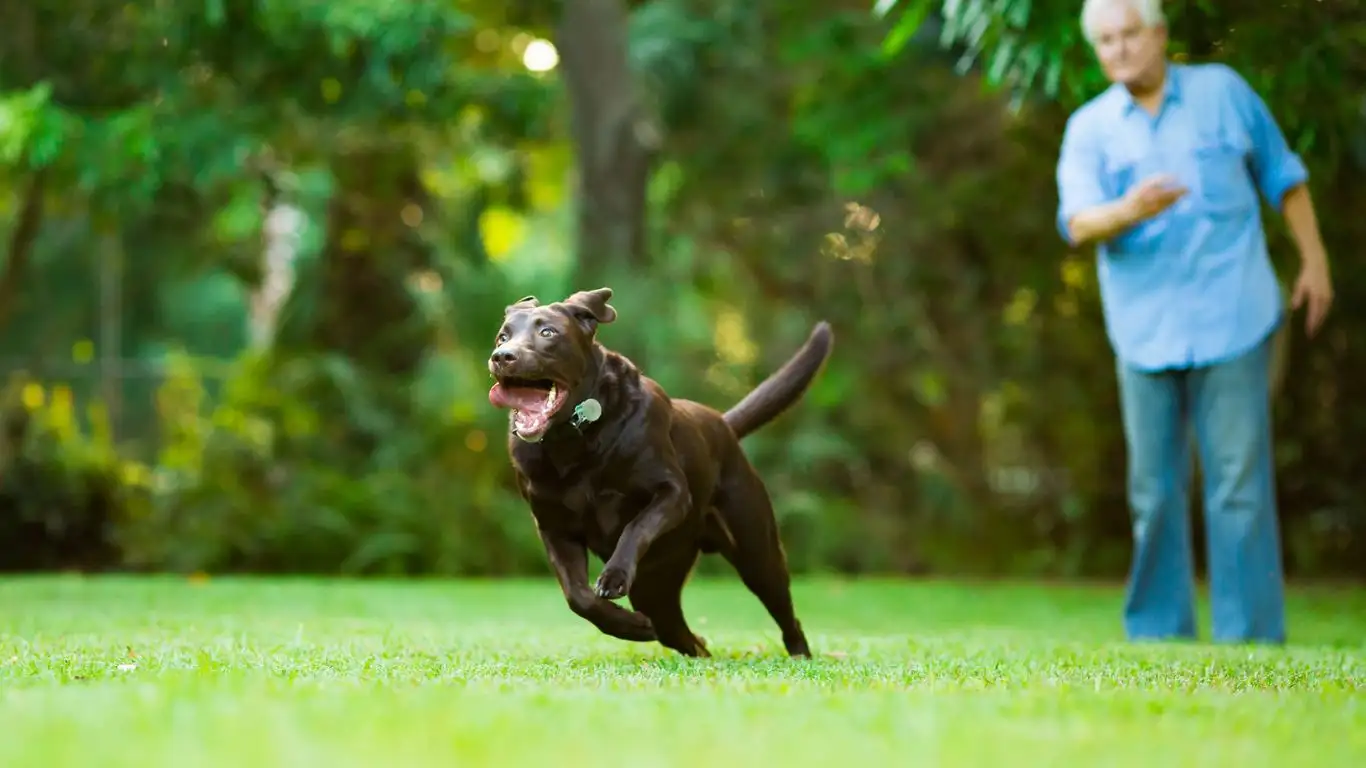
First impressions matter. If you’re introducing your dog to a child for the first time, set the scene for success. Rushing the introduction or allowing an overly excited dog to charge at a child can lead to negative experiences.
Step-by-Step Introduction Process
- Start with controlled exposure: If possible, let your dog observe the child from a distance first. This is especially important for nervous dogs.
- Use a leash at first: Keeping your dog on a leash ensures you can control the situation if they get too excited.
- Encourage calm energy: Ask your dog for a sit or down before allowing them to greet the child.
- Teach “gentle” cues: Reward your dog for soft interactions like sniffing rather than jumping or mouthing.
- Monitor closely: Even if things seem to be going well, always supervise interactions until you fully trust your dog’s behavior.
Every dog and child pair is different, so patience is key. If your dog seems overwhelmed, take a break and try again later. No need to rush!
Teaching Your Dog to Be Gentle with Children
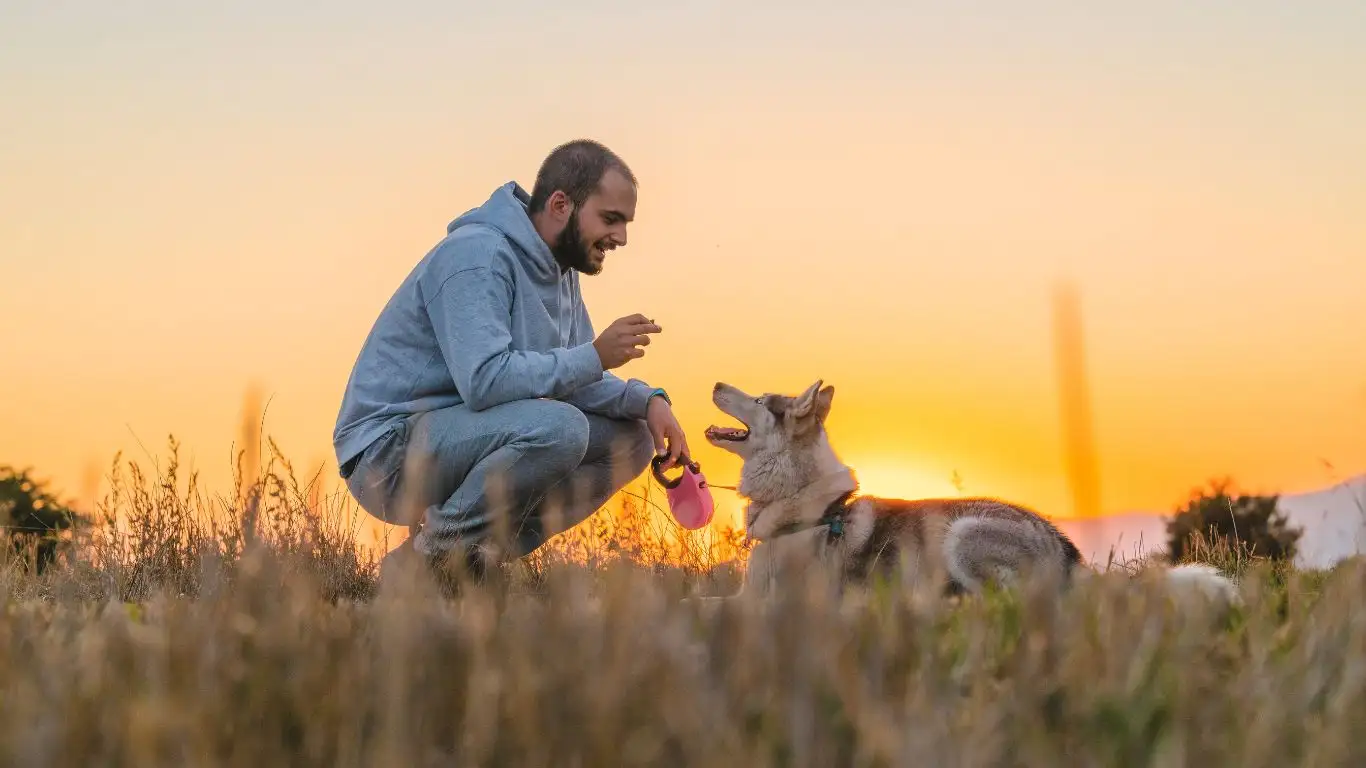
So, how do you actually train a dog to be gentle with children? The key lies in structured training, positive reinforcement, and consistency. Over the years, I’ve found that a few foundational exercises make a huge difference.
The “Gentle” Command
This is one of my favorite commands to teach when working with families. It reinforces soft interactions, whether it’s taking treats, playing, or greeting a child.
- Start with treats: Hold a treat in your hand and let your dog sniff it.
- Only release the treat for soft mouths: If your dog tries to grab it roughly, keep your hand closed. The moment they take it gently, praise them and let them have it.
- Add the cue: Say “gentle” as they take the treat softly.
- Practice with toys: Reinforce this command during play, ensuring your dog understands that all interactions should be gentle.
Once your dog understands this concept with treats and toys, they’ll naturally apply it to interactions with children. It’s all about building that muscle memory!
Setting Boundaries for Safe Interactions
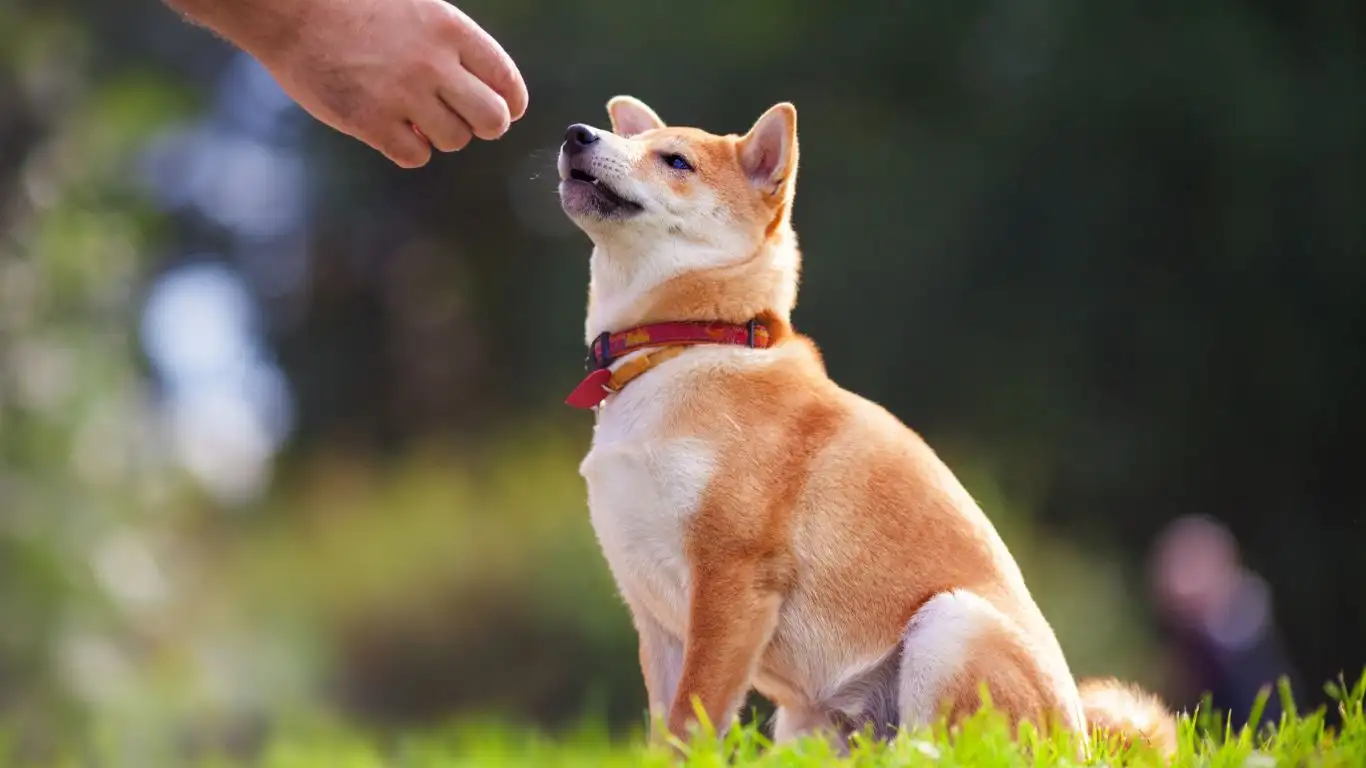
One of the most crucial aspects of training a dog to be gentle with children is teaching boundaries. Just like we set rules for kids (no running into the street, no touching hot stoves), dogs also need clear guidance on what is and isn’t okay when interacting with little humans.
Creating a Safe Space for Your Dog
Dogs, just like people, need a place where they can unwind and feel secure. A child’s high energy can sometimes be overwhelming, so having a designated “safe zone” for your dog is a game-changer.
- Set up a quiet area with their bed or crate where kids aren’t allowed to bother them.
- Teach your dog a cue like “go to your spot” so they know where to retreat when they need a break.
- Make this space a positive zone by offering treats, toys, and calming interactions there.
Trust me, this alone can prevent so many misunderstandings between kids and dogs.
Teaching Children How to Respect Dogs
Training isn’t just about the dog—it’s also about helping kids understand how to interact appropriately. As much as we love seeing heartwarming child-dog friendships, not every dog is going to tolerate constant hugs and tail tugs.
Here’s what I always tell parents to teach their kids:
- No ear or tail pulling – Dogs aren’t stuffed animals!
- Let sleeping dogs lie – Waking a dog abruptly can startle them.
- No hugging around the neck – Many dogs feel trapped when squeezed.
- Use an open palm to offer treats – This reduces the chance of accidental nips.
- Always ask before petting – Even if it’s your own dog, this builds respectful habits.
When kids learn these basic rules, it makes life so much easier for everyone.
Supervising Playtime for Positive Experiences
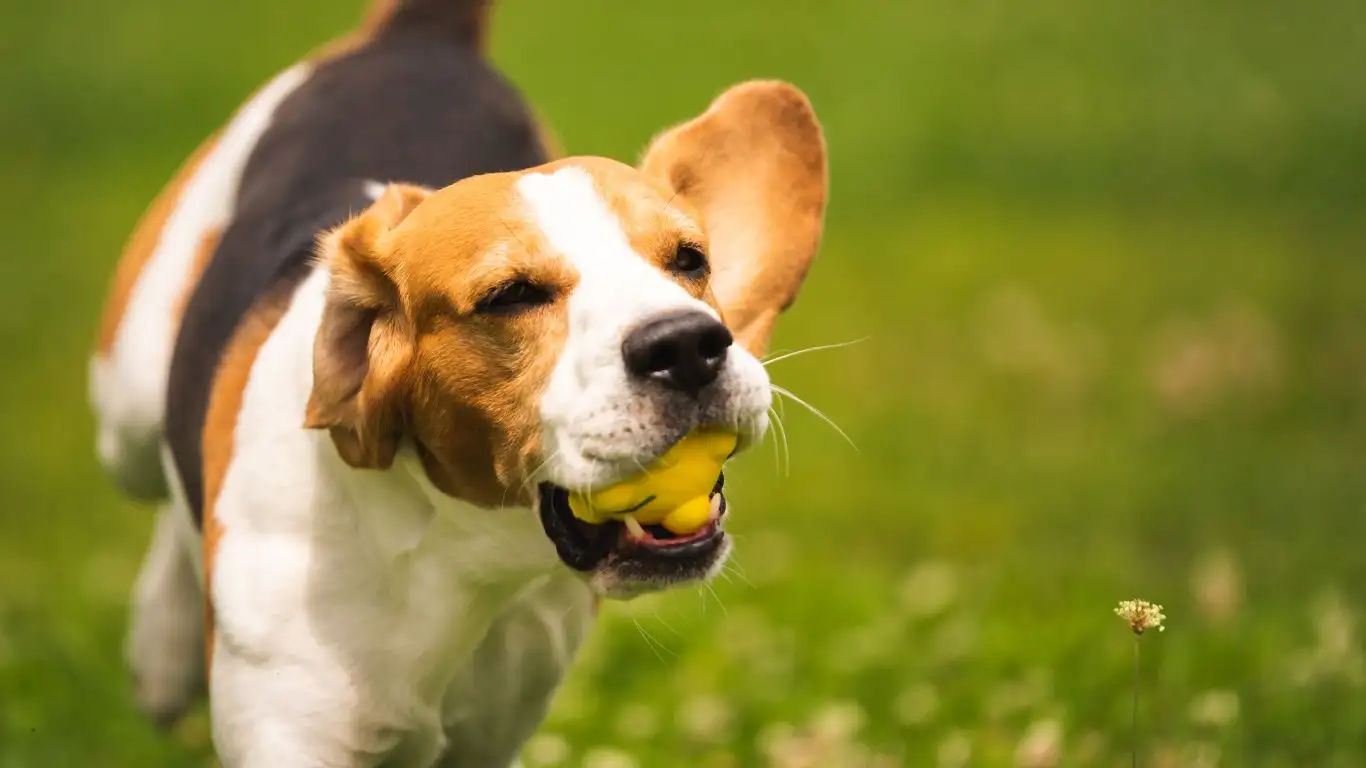
Supervised play is one of the best ways to reinforce gentle behavior in your dog. But supervision doesn’t just mean being in the same room—it means being actively involved and ready to intervene when needed.
Choosing the Right Games
Some games promote gentle interactions, while others might encourage rough play. Here are my top picks for kid-friendly games:
- Fetch – A classic! Keeps the dog’s focus on a toy, not hands.
- Find It – Hide treats around the room and let your dog sniff them out.
- Hand Targeting – Teach your dog to touch their nose to a child’s open palm for a reward.
- Gentle Tug-of-War – With strict rules (only with a designated tug toy, stopping if teeth touch hands).
Avoid roughhousing games like wrestling, as they can lead to overexcitement or misunderstandings about appropriate play.
Redirecting Overexcitement
Even the best-trained dog can get a little too excited. If your pup starts jumping, mouthing, or getting too rowdy, here’s what to do:
- Stay calm: Raising your voice or moving frantically can hype them up more.
- Use a redirect: Hand them a toy, cue a “sit” or “down,” or engage them in a calmer game.
- Take a break: If your dog struggles to settle, give them a brief time-out in their safe space.
It’s all about teaching them that calm behavior gets rewarded, while overexcitement leads to less playtime.
Building Long-Term Trust and Patience
Training a dog to be gentle with children isn’t something that happens overnight—it’s a journey. But the good news? Every small step adds up. The more positive experiences your dog has with kids, the more they’ll learn to trust and enjoy their company.
Remember:
- Reinforce calm behavior with praise and rewards.
- Teach kids to respect a dog’s space and boundaries.
- Encourage supervised, structured play to build confidence.
- Be patient—every dog learns at their own pace.
And most importantly? Have fun with the process! There’s nothing more rewarding than seeing a child and their dog form a beautiful, lifelong bond built on trust and respect.
Case Studies & Real-Life Examples

Over the years, I’ve worked with so many families who wanted to ensure their dog and child had a safe, happy relationship. Let me share a couple of stories that really highlight how patience and training can make a world of difference.
Case Study #1: From Overexcited to Gentle Guardian
Meet Max, a lovable but overly enthusiastic Labrador. His family adored him, but they were worried about how he reacted to their toddler, Emma. Every time she toddled across the room, Max would get way too excited, bouncing around and occasionally knocking her over.
We started with structured training sessions that reinforced calm behavior around Emma. Using the “sit” and “gentle” commands, along with reward-based training, we taught Max that he only got attention and treats when he was calm around her. Within a few months, he had transformed from an excitable puppy into a gentle and patient companion. Now, they’re inseparable!
Case Study #2: A Nervous Rescue Dog Learns to Trust
Then there’s Bella, a sweet rescue dog with a history of anxiety. Her new family included two young children, and while Bella wasn’t aggressive, she was visibly uncomfortable around them. She would shrink away whenever they approached.
With a slow, positive reinforcement approach, we helped Bella gain confidence. The kids learned how to respect her space, and Bella learned that calm interactions with them led to rewards. After a few months of trust-building, Bella was not only comfortable but actively seeking out the kids for gentle snuggles.
Key Takeaways: What You Need to Remember
Training your dog to be gentle with children takes time, but it’s absolutely possible with the right approach. Here are the most important takeaways:
- Read your dog’s body language: Learn the signs of comfort vs. stress.
- Teach boundaries: Dogs and kids both need to know what’s acceptable.
- Use positive reinforcement: Reward calm and gentle behavior.
- Supervise all interactions: Never leave young kids alone with a dog.
- Be patient and consistent: Change doesn’t happen overnight!
If you focus on these core principles, you’ll set both your dog and your child up for a wonderful lifelong friendship.
FAQs
How long does it take to train a dog to be gentle with children?
It depends on the dog’s age, temperament, and past experiences. Puppies typically learn quickly, while older or rescue dogs might take longer. With consistent training, most dogs show improvement within a few months.
What if my dog is showing signs of aggression toward children?
If your dog is growling, snapping, or showing aggressive behavior, it’s important to seek professional help from a certified dog trainer or behaviorist. Never punish a dog for growling—this can suppress warning signs without addressing the root cause.
Can any breed be trained to be gentle with kids?
Yes! While some breeds are naturally more patient, any dog can learn to be gentle with proper training, exposure, and socialization. It’s more about the individual dog’s temperament than the breed itself.
What age should I start training my dog to be around kids?
The earlier, the better! Puppies go through critical socialization periods, so introducing them to calm, positive child interactions early helps them develop good habits. However, adult dogs can still learn—it just takes a little more time and patience.
Bonus: Additional Resources & DIY Tips
Looking for extra guidance? Here are some helpful resources:
- ASPCA Dog Behavior Tips
- Victoria Stilwell’s Positive Training Methods
- American Veterinary Society of Animal Behavior
DIY Training Activities at Home
Want to reinforce gentleness in a fun way? Try these simple at-home activities:
- “Gentle Touch” Game: Teach your dog to softly boop your hand with their nose using treats as a reward.
- “Calm Down” Practice: Reward your dog for lying down quietly while your child plays nearby.
- “Treat Handout” Training: Let your child (with supervision) feed the dog treats to reinforce gentle interactions.
Appendix: References, Disclaimer & Call to Action
References
- Certification Council for Professional Dog Trainers
- American Kennel Club: Canine Training Advice
- American Veterinary Medical Association: Pet Behavior
Disclaimer
The information in this article is for educational purposes only and should not replace professional training or veterinary advice. If your dog exhibits serious behavioral concerns, consult a certified trainer or animal behaviorist.
Call to Action
Want to take your dog’s training to the next level? Let’s connect! Whether you need one-on-one coaching or just some extra tips, I’m here to help.
Contact me today for personalized dog training advice!
